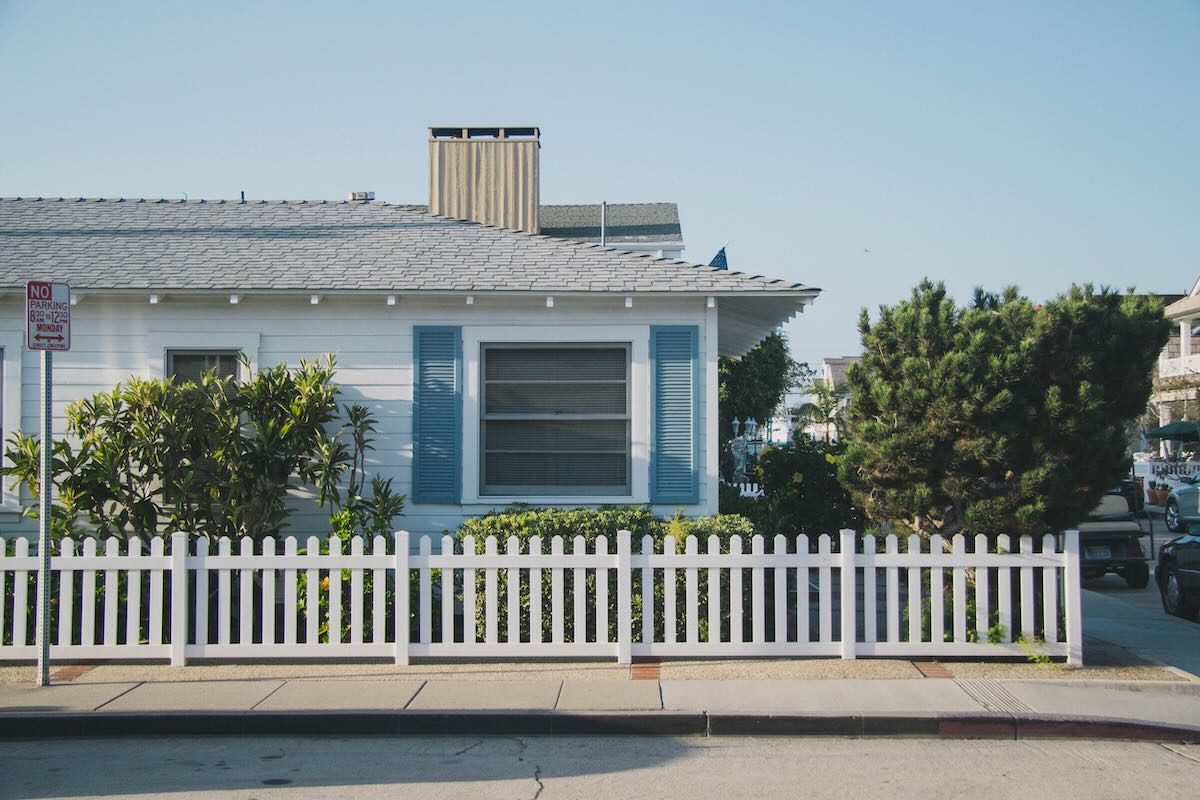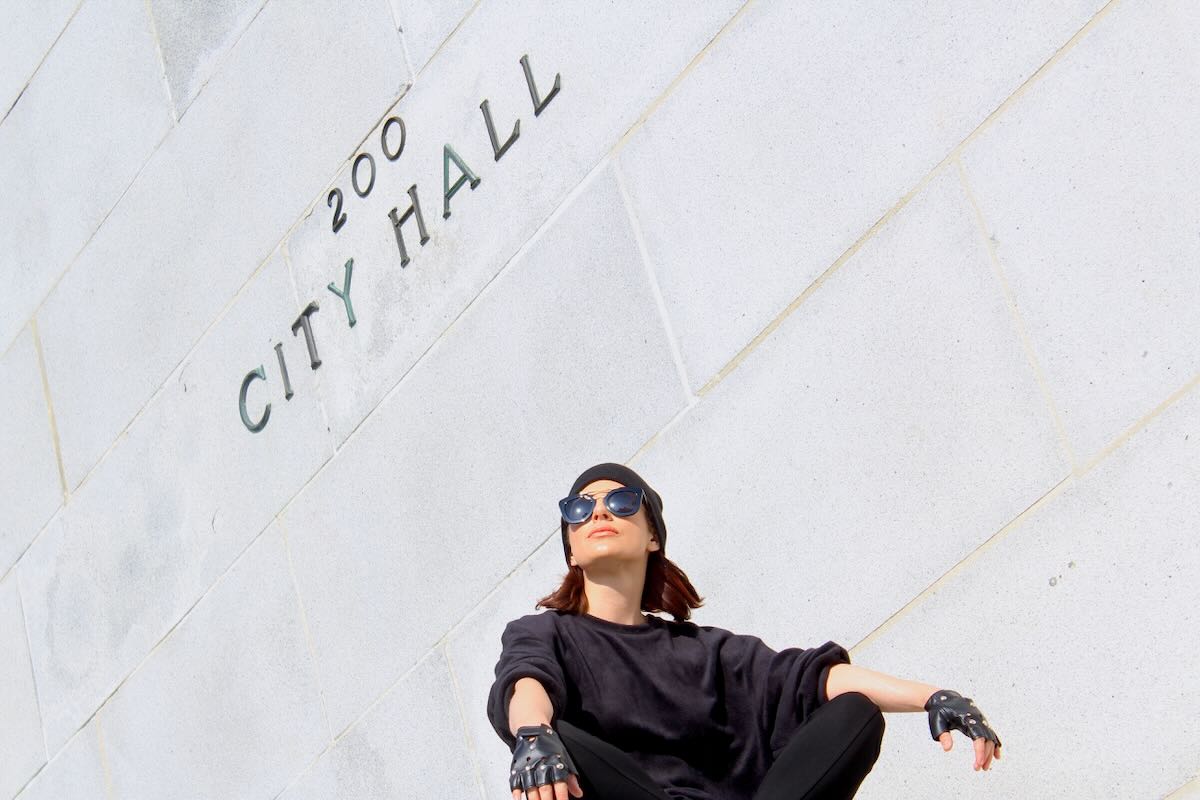Les Bouillons de Paris
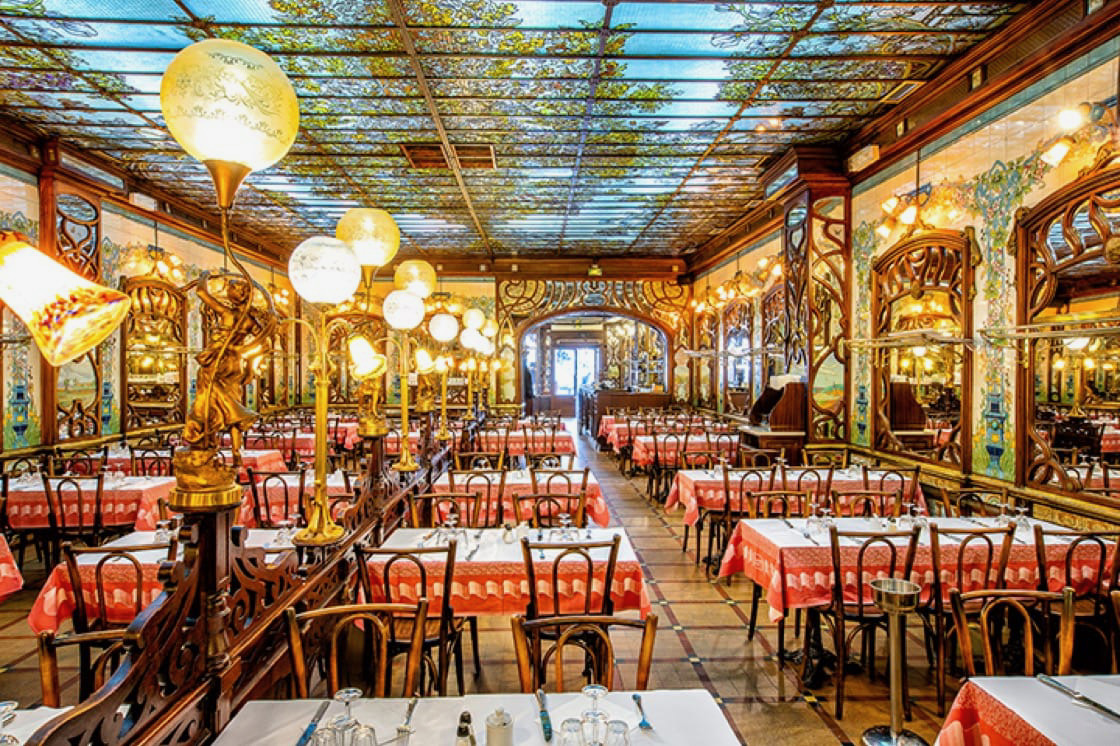
Pierre-Louis Duval, a Parisian butcher, created the “bouillon” concept in 1855. His inspiration came from a soup vendor, M. Boulanger. Legend has it that Boulanger went on to open the first restaurant in Paris in 1765. To feed market hall workers, Duval would make a single meat dish to be served with a soup or stock. The concept grew quickly and by 1900, Paris had over 250 bouillons delivering simple, generous food at “un petit prix”. The charm of the Art Nouveau style dominated architecture , furniture design, interior decoration, and, of course, the interior design of les bouillons.
Renaissance
Until very recently, les bouillons had just about disappeared from Paris. However, a comeback is in the making. Now, many are reopening their doors in original locations with restored art-nouveaux interiors. Luckily for the diners these re-opened establishments are sticking to their original mandate — simple, generous food at “un petit prix”.
Our experience
During our last trip to Paris we ate at Bouillon Chartier, Grands Boulevards and Bouillon Julien, Faubourg St-Denis. As they do not take reservations, we chose to go for late lunch on both occasion so as to avoid line-ups. Chartier, Julien and other bouillons are very busy at peak hours but, conversely, happily accommodate impromptu 4pm wedding receptions. I can’t begin to describe the magnificence of the art-nouveau interiors. The Chartier and Julien links above lead to extensive picture galleries that show-off the late 1800 / early 1900 decor.
Simple, generous food at “un petit prix”
At Chartier, our menu consisted of:
- 50 cl of very decent wine, bottled water
- appetizers of salad frisée aux lardon and céleri rémoulade
- boudin noir (blood pudding) with mashed potatoes and a bavette with frites
- two baba aux rhum avec chantilly
- Total cost with a tip, €40 or about C$60 for two
Notable feature: luggage racks between the rows of tables that allowed travellers to store their bags while dining.
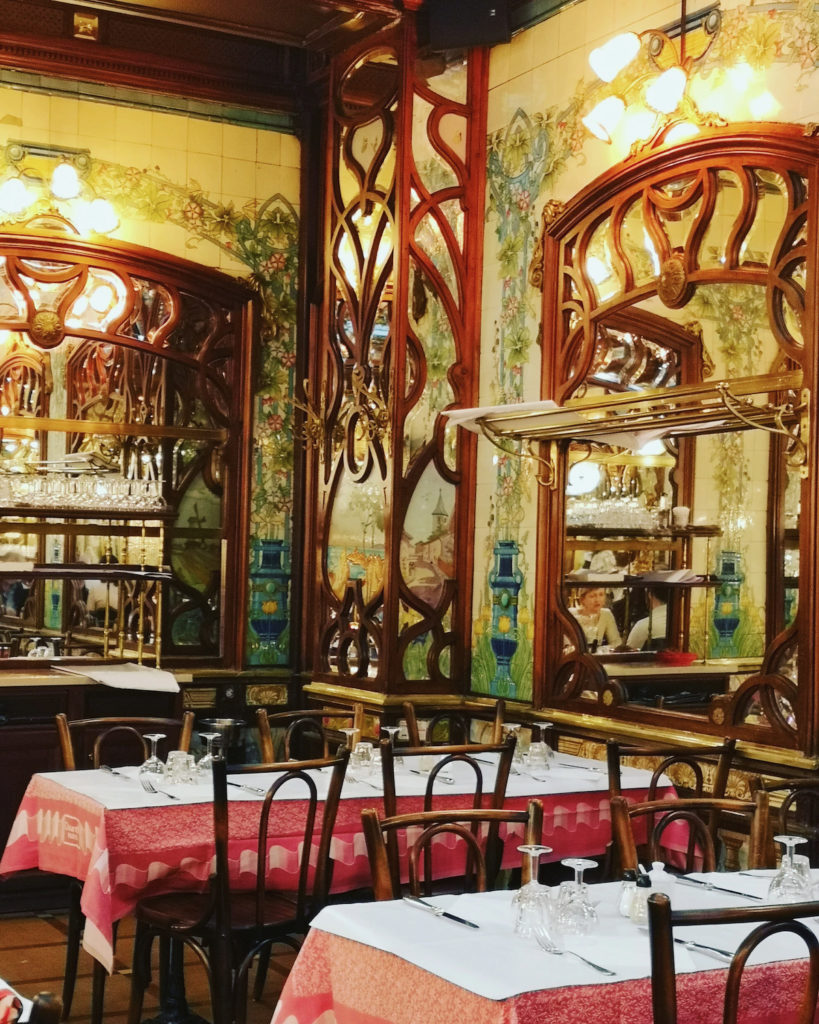
At Julien we had:
- 50 cl of very decent wine, bottled water
- appetizers of œufs au mayo and leek and potato soup
- Salmon and beautifully roasted chicken, each with frites
- Choux chantilly and rice pudding with caramel for dessert
- Again – €40 or about C$60 for two
Notable: This was an Edith Piaf favourite, eat at table 24 and you will sit where she sat. Chartier is beautiful but Julien is an Art Nouveau masterpiece with stained glass ceilings, a beautiful mosaic floor, and much more.
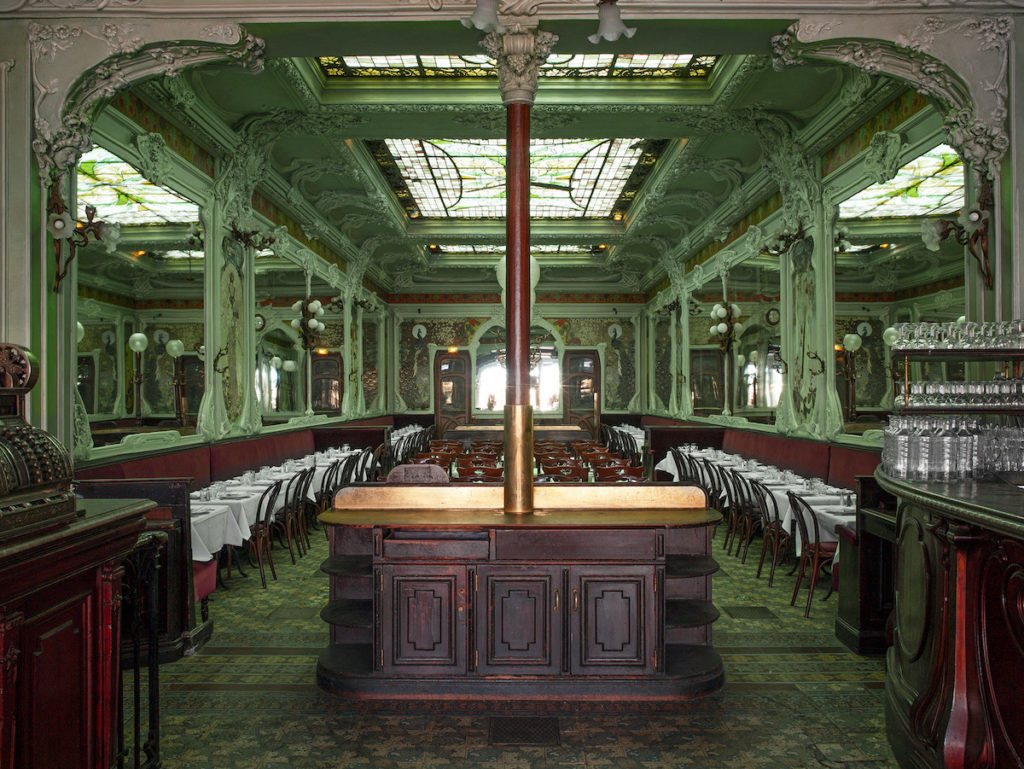
We did not have a bad dish. Everything came at the right temperature and neatly plated. We had excellent service at both locations. The wait staff write orders on a white paper runner at the table and instruct the kitchen and barman from memory. I saw no mistakes. When ready to leave, they tally the “addition” on the paper runner.
I hope to be back in Paris sometime soon. I will eat regularly, economically, and well at the bouillons to be able to splurge at a Michelin starred restaurant. Thank you, Pierre-Louis Duval, for developing the concept that 165 years later is still delivering simple, generous food at “un petit prix”


